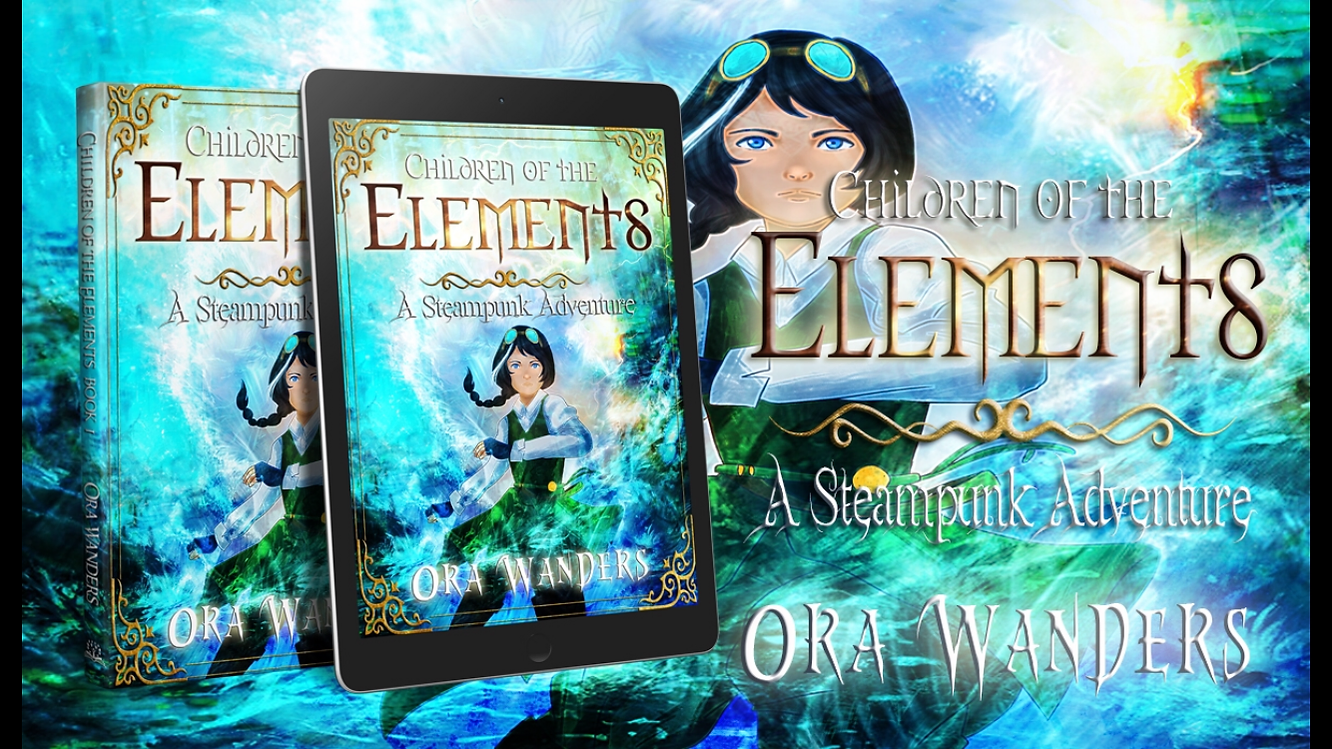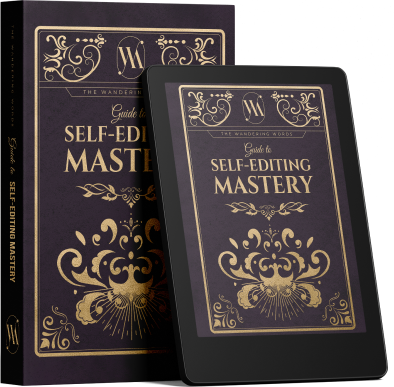Our Guide to Self-Editing Mastery has helped thousands of authors just like you:
- Pre-edit their books with ease
- Avoid the most common writing errors
- Quickly identify spelling & grammar mistakes
- Be more prepared for professional editing
Our Guide to Self-Editing Mastery has helped thousands of authors just like you:
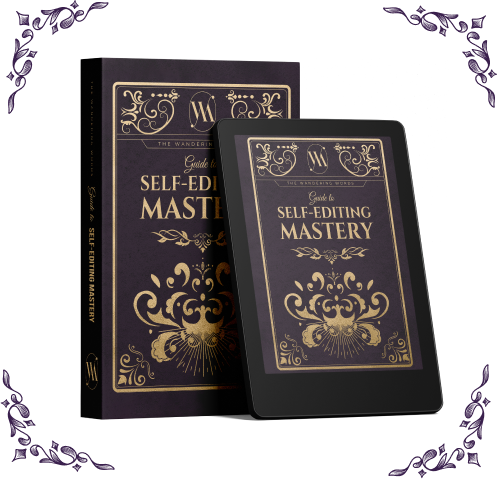

Helping my child write a book taught me a LOT about writing and editing.
“Mom, I want to write a book.”
Those were the words that started the whole journey.
My daughter, Ora, who is now 10 years old, just released her first 310-page fantasy novel, Children of the Elements. The story is a carefully crafted steampunk adventure with all kinds of action and drama.
Did I mention she’s only 10?
By the way, she’s 10.
A lot of people have asked me how in the world she did it. Well, the truth is, she didn’t do it alone. I helped her. A lot. And so did the rest of my team of editors. It was definitely a group effort.
The whole process started about a year ago when she had her first spark of inspiration for the book.
After witnessing another child author, Emma Sumner, become a popular icon, Ora decided it was her turn. After all, she had already watched me publish four books with pretty great results.
“Okay, Honey, what do you want to write a book about?”
“Well, [insert lots of hmms and umms and other noises children make] there are these twin girls, and one of them is really into fire, and the other one is really into water. But they figure out if the one jumps into water, she becomes water–like with water hair and water clothes and stuff–and the same with fire for the other one. Maybe she can even shoot fire out of her eyes!”
Wow.
She has always had quite the imagination, so this didn’t surprise me. She had even started to pen several books on her own. And I mean pen–as in, with a pen and paper. She even got as far as Chapter Four that way with another story before she lost interest.
Well, I wanted to make sure that didn’t happen this time. I knew she had talent, so I wanted to see this through.
I told her I would help her. And it turned out to be quite the process…
She was nine years old at the time, and a nine-year-old creative brain is very different from an analytical, detail-oriented, highly trained and overthinking ahem-year-old brain… like mine.
I asked her if she was ready to commit, and if she wanted me to help her become a real-life published author because it would take some blood, sweat, and tears! (What? I’m a writer; I have a flare for the dramatic!)
She determined that yes, she was. So off we went.
Mind-mapping is a very personal endeavor. It’s a type of spider diagram used to visually organize information and I let her do this completely on her own. She took a notebook and several different colored crayons and went to it.
I explained how starting the story with no plan can be difficult for keeping up momentum. Some people can do it–the “write by the seat of your pants” type of writers–but she had already proven that didn’t work for her. So we started her with a mind map, and it was extremely successful. She disappeared into her bedroom for two hours and came out with hundreds of ideas to put in her book. She had even divided them into segments and sub-segments.
I have a very specific outlining process when I write or ghostwrite books. But this all went out the window with a nine-year-old, child author. Helping my child write a book started off pretty well; for instance, we discussed the main character, her attributes, her flaws, and her external goal. We also discussed the main theme and the ending. But everything else? Whoa, buddy.
She accumulated so much content in her mind-mapping process it was impossible to fit into one outline. We quickly figured out she didn’t have only one book…she had four. Potentially five, but we will see if we get that far.
We spent about an hour repurposing her ideas onto Post-it notes and placing them in order to divide into her outline. This we converted into bullet points, and we divided those bullet points into chapters.
Next, we pulled out the best parts (that actually made sense) to put into the first plot line and saved the rest for future books.
This is where it all changed for me. Her brain is different from mine or anyone else I had worked with. I actually had to grab a tape recorder because her ideas were coming faster than either one of us could write them down. She looked at her outline of plot points and just started spewing out the story. This was in no order whatsoever, it was more like, “How about at one point, they do this one thing, and then they do this other thing, and then this happens…” [Visualize this with lots of hand gestures.]
I tried to take notes, but she was on a roll. Voice recording was the only option. And I just let her go to town. She was so excited and in her state of flow, this was the only way to capture it.
This is where I got really involved. I now had hours of voice recordings. And a direct transcription just didn’t work in this case. Her ideas were repetitive and all over the place, much like any child’s imagination should be.
So I waited until she was at school and sat down with the recordings and took notes. I divided all the sections of notes into their corresponding chapters where I felt like they belonged. I make this sound like it was a fast and easy process, but it took weeks.
At this point, there was finally enough information to create a legitimate storyline and character arch. Keep in mind, most writers do this in the outlining process. So this was new for me. The storyline came together bit by bit.
Together, we examined her plot line, and I offered suggestions for how we could fill some of the holes and gaps. She yay’ed or nay’ed them, and we came up with a full-blown story. I took all the notes and divided the entire thing into chapter-by-chapter miniature outlines with notes.
Next, it was her turn to shine. She reads and writes way above her grade level, so I knew actually writing the story wouldn’t be too hard for her, but her brain moved a lot faster than she was able to write or type, so I sat her down at my computer with the Google Docs voice-typing option.
She scrolled through my notes on one device while she recorded her variation of the story directly into the document. This was a surprisingly fast process, and from here, it only took her about two weeks to finish her 120,000-word rough draft!
If you have ever used the voice-typing option in Google Docs, you know it isn’t necessarily accurate, and it comes out with some pretty weird variations of what you are trying to say. So as you can imagine, taking her document and making it readable was quite the project.
It felt like every five or 10 minutes of my editing, I had to call her over and ask, “What in the world were you trying to say here?” Then she would either have to remember or come up with something new.
Slowly, bit by bit, day by day, for about a month, we got her entire document readable.
Now it was time to look at her actual story structure. Because I had just edited her words directly, there was a lot that didn’t need to be there. For instance, she would spend seven to eight paragraphs describing the characters’ hair and clothing every time they changed. And there were four main characters!
This was her first book, so she over-explained some things and under-explained others. I did a lot of surgery here. By the time we finished structural editing, we had cut the book down from 120,000 words to about 70,000 words.
It was time for the next step.
I have a team of professional beta readers who specialize in fiction. I sent her manuscript to three of them and waited for feedback. They were the ones who found plot holes, inconsistencies, and things she would never have known to look for as a young author, and things I was too close to her content to find myself. So we took the feedback and restructured the story for the final time.
Ora even did a final beta read on it herself at this point. Once we were happy with the story, it was time for the real editing to begin.
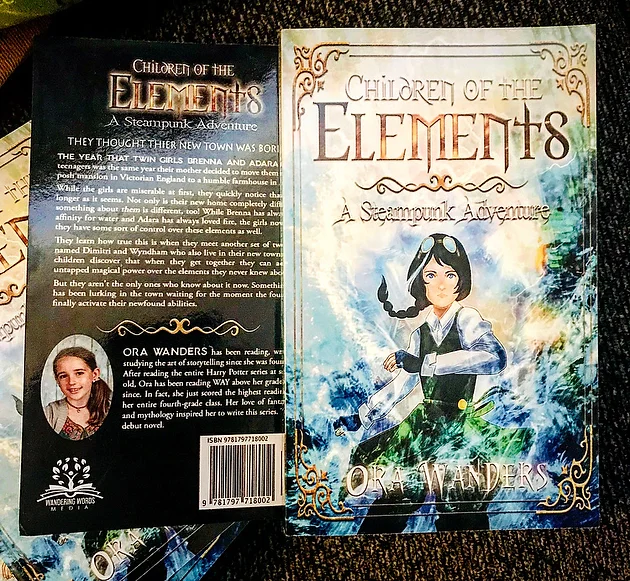
While the book was with the beta readers, we decided to get the cover done. I have a team of cover designers and illustrators who do great work in different genres. I knew exactly which illustrator I wanted on this project; we simply told her the storyline, and what we wanted the main character to look like, and she came back with an amazing design. She nailed it on the first try. Then I took the illustration and sent it to my cover designer who perfected it into the cover it is now.
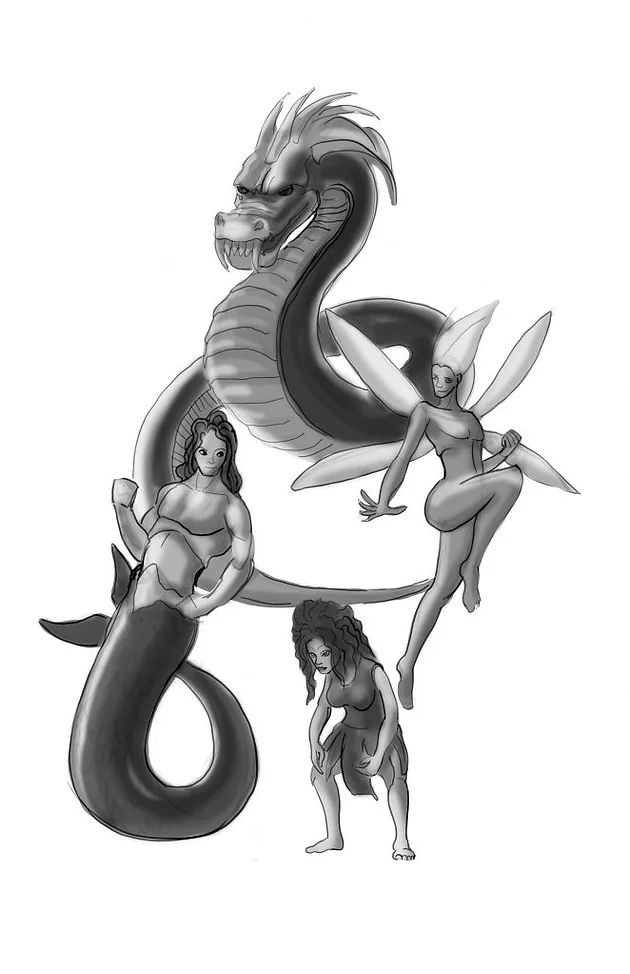
After we made the changes according to the beta readers’ suggestions, I did the first real edit. I wanted to be sure to clean up the manuscript as much as possible before I sent it off to the rest of my team.
I have read the entire Harry Potter series more than a dozen times (in four languages, actually), The Hunger Games probably a half-dozen times, and The Unwanteds twice. I’m now working my way through The Land of Stories and Miss Peregrine’s Home for Peculiar Children. So I’m no stranger to these types of books. I gave her feedback on details and words we needed to rearrange and change, and she took it in stride.
When we finished that, it was time to go to the final copy editor followed by the proofreader.
After all this, we had a finished manuscript. A real-life story!
But just as with any manuscript, even after three editors, three beta readers, and a proofreader, we knew there could still be mistakes. Especially after formatting.
After we uploaded and ordered a proof copy of the book, it was great to see it in person for the first time. She got to hold her own book in her hands and take it to school to pass it around for show-and-tell. Plus, this gave me the chance to sit down with the physical book and a big red pen and edit the book one last time in person.
No matter how perfect you think a book is, you always find mistakes in the print version. There’s just something about it. But once I was satisfied I had found everything, the illustrations looked great, the cover was beautiful, and I fixed the typos, we were ready to roll.
Ora Wanders’ book, Children of the Elements: A Steampunk Adventure, was released on March 11, 2019, making her a published author at 10 years old.
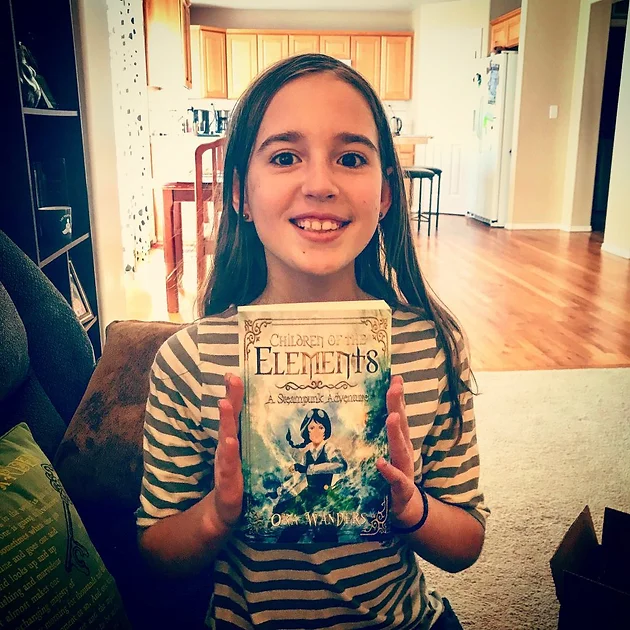
I’m the proudest mom ever.
If you are interested in checking out her book, you can buy it on Amazon HERE.
Are you a writer or have a child author? If you are interested in getting better to save money on editing, click HERE to get my FREE self-editing manual full of tips and tricks, but read HERE for why it’s still important to hire a professional editor!
Qat is founder and Chief Publishing Wizard for Wandering Words Media. She is a professional Spiritwriter, editor, speaker, writing coach, and five-time Amazon bestselling author. Click HERE to learn more.
